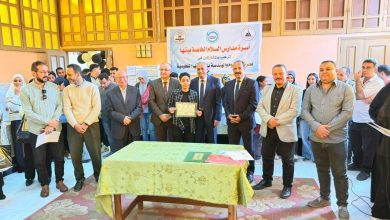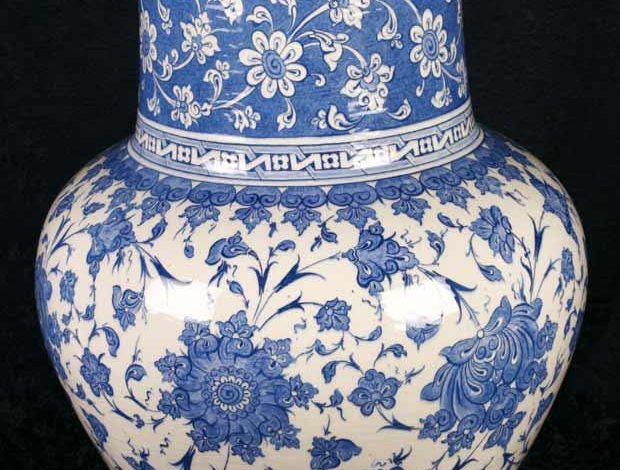
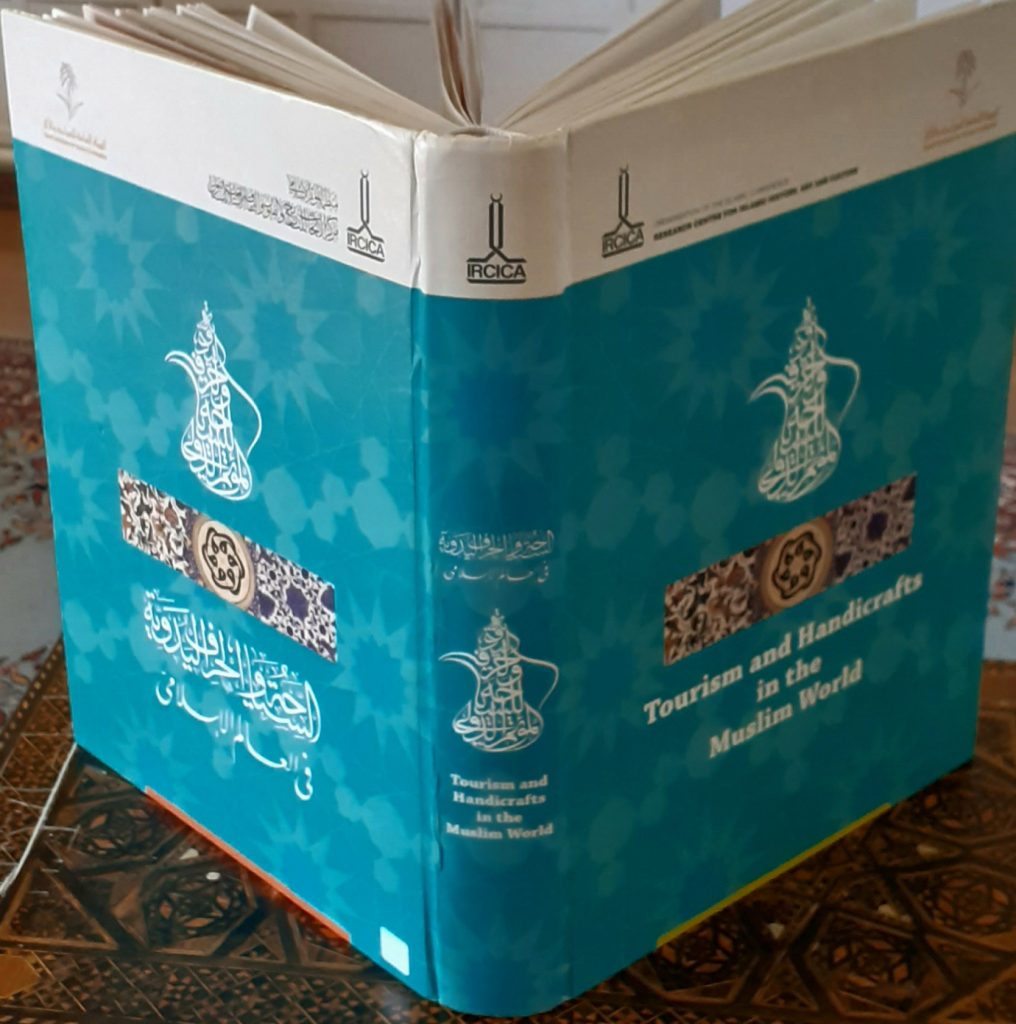 In Tourism and Handicrafts in the Muslim World, edited by Dr. Nazieh Maarouf, the reader is invited into a nuanced exploration of the intersections between cultural heritage, economic development, and spiritual identity. The book unfolds as a timely response to the growing recognition of the vital role that tourism and traditional crafts play in both preserving intangible cultural heritage and fostering sustainable livelihoods across the Muslim world.
In Tourism and Handicrafts in the Muslim World, edited by Dr. Nazieh Maarouf, the reader is invited into a nuanced exploration of the intersections between cultural heritage, economic development, and spiritual identity. The book unfolds as a timely response to the growing recognition of the vital role that tourism and traditional crafts play in both preserving intangible cultural heritage and fostering sustainable livelihoods across the Muslim world.
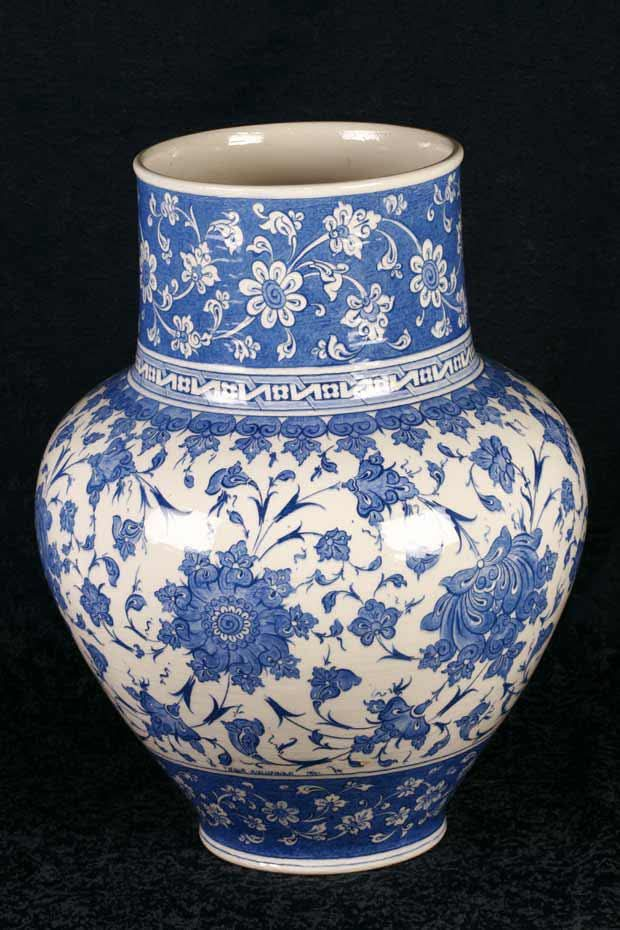 More than just a sectoral study, this volume offers a multi-dimensional journey through cities, towns, and remote villages where the rhythm of everyday life is still shaped by centuries-old crafts — from intricate textiles and ceramics to woodwork, calligraphy, and glassblowing. Each chapter introduces a different region or thematic angle, contextualizing the development of handicrafts within Islamic history, local economies, and the contemporary pressures of globalization.
More than just a sectoral study, this volume offers a multi-dimensional journey through cities, towns, and remote villages where the rhythm of everyday life is still shaped by centuries-old crafts — from intricate textiles and ceramics to woodwork, calligraphy, and glassblowing. Each chapter introduces a different region or thematic angle, contextualizing the development of handicrafts within Islamic history, local economies, and the contemporary pressures of globalization.
The authors present case studies from countries as diverse as Morocco, Iran, Turkey, Malaysia, Indonesia, and Egypt, among others, highlighting how tourism can be both a blessing and a challenge for artisans. On one hand, the demand from international visitors offers opportunities to showcase local talent, revive nearly forgotten techniques, and generate income. On the other, it can also lead to the commodification of heritage, where authenticity risks being sacrificed for commercial viability. The book grapples with these contradictions, proposing thoughtful solutions rooted in ethical tourism practices, community involvement, and government support.
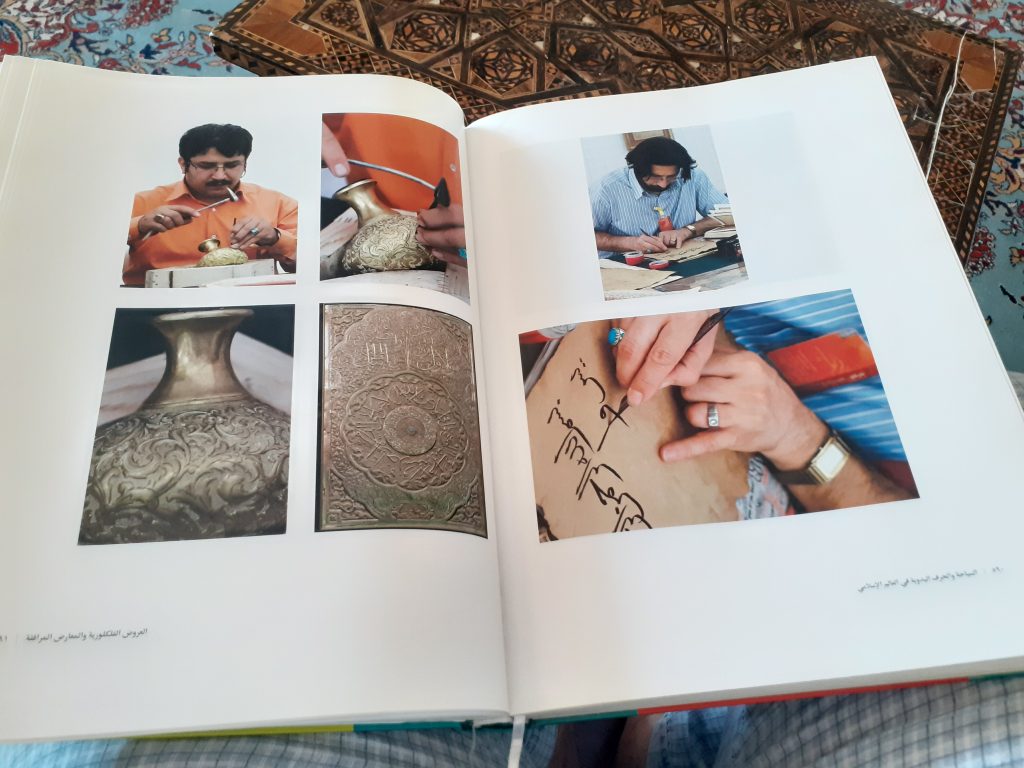 A particularly compelling theme throughout the book is the spiritual dimension of craftsmanship in Islamic culture. Craft is not merely a skill but a form of devotion — a continuation of the Islamic aesthetic tradition that sees beauty as a reflection of the divine. This spiritual lens elevates the conversation beyond economics or tourism policy; it reminds readers that supporting artisans is also an act of cultural preservation and respect for the sacred.
A particularly compelling theme throughout the book is the spiritual dimension of craftsmanship in Islamic culture. Craft is not merely a skill but a form of devotion — a continuation of the Islamic aesthetic tradition that sees beauty as a reflection of the divine. This spiritual lens elevates the conversation beyond economics or tourism policy; it reminds readers that supporting artisans is also an act of cultural preservation and respect for the sacred.
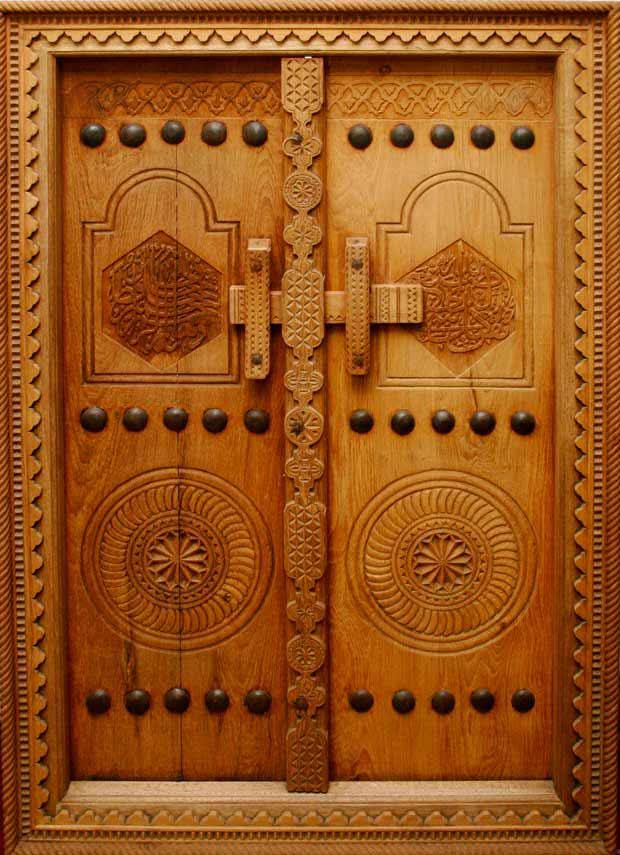 The book also examines the role of women in handicrafts, showing how traditional arts can empower women in rural areas, allowing them to earn incomes and assert cultural agency within their communities. Similarly, the volume addresses the role of digital platforms and e-commerce in bridging traditional crafts with new global markets — a development accelerated by recent shifts in travel and consumer behavior.
The book also examines the role of women in handicrafts, showing how traditional arts can empower women in rural areas, allowing them to earn incomes and assert cultural agency within their communities. Similarly, the volume addresses the role of digital platforms and e-commerce in bridging traditional crafts with new global markets — a development accelerated by recent shifts in travel and consumer behavior.
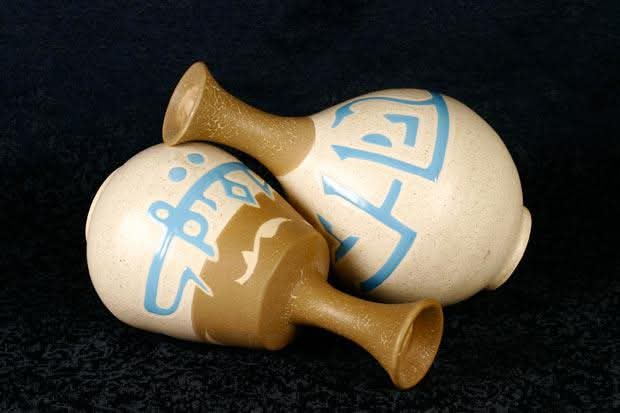 What sets Tourism and Handicrafts in the Muslim World apart is its blend of scholarly insight and accessible storytelling. Whether written by anthropologists, economists, tourism experts, or craftspeople themselves, the contributions collectively advocate for a more inclusive, respectful, and sustainable model of cultural tourism — one that places the artisan at the heart of the narrative.
What sets Tourism and Handicrafts in the Muslim World apart is its blend of scholarly insight and accessible storytelling. Whether written by anthropologists, economists, tourism experts, or craftspeople themselves, the contributions collectively advocate for a more inclusive, respectful, and sustainable model of cultural tourism — one that places the artisan at the heart of the narrative.
At a time when many societies are reckoning with the twin forces of homogenization and heritage loss, this book offers a refreshing, hopeful perspective. It celebrates not only the objects made by hand, but the hands that make them, and the communities that carry their stories across generations.

